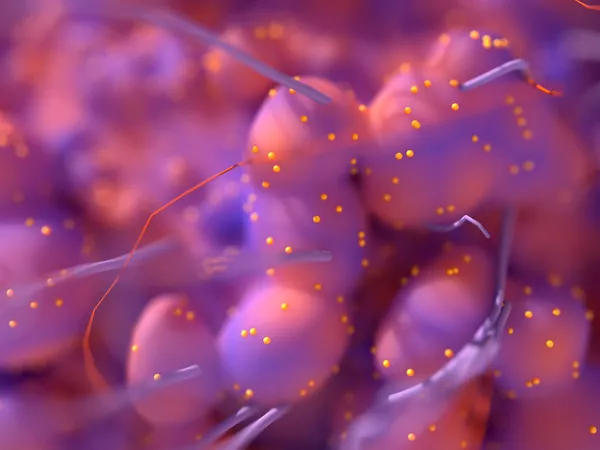EDITORIAL
Published on 03 Mar 2022
Editorial: Extracellular Vesicles in Bone Oncology
doi 10.3389/fonc.2022.861335
- 1,498 views
12k
Total downloads
32k
Total views and downloads
EDITORIAL
Published on 03 Mar 2022
MINI REVIEW
Published on 07 Dec 2021
ORIGINAL RESEARCH
Published on 26 Oct 2021
REVIEW
Published on 12 Oct 2021
REVIEW
Published on 20 Sep 2021
REVIEW
Published on 17 Sep 2021
ORIGINAL RESEARCH
Published on 30 Aug 2021
ORIGINAL RESEARCH
Published on 04 May 2021
REVIEW
Published on 01 Apr 2021
